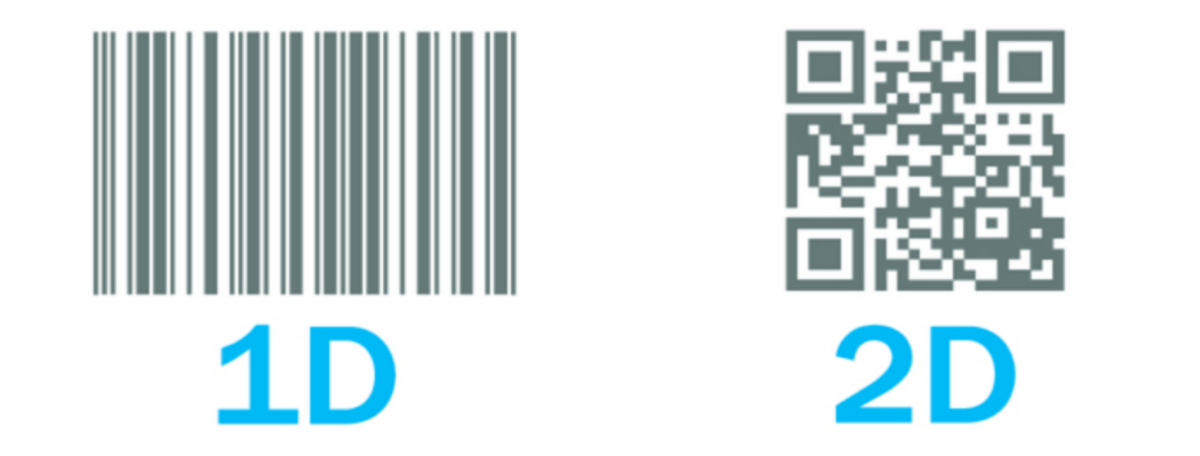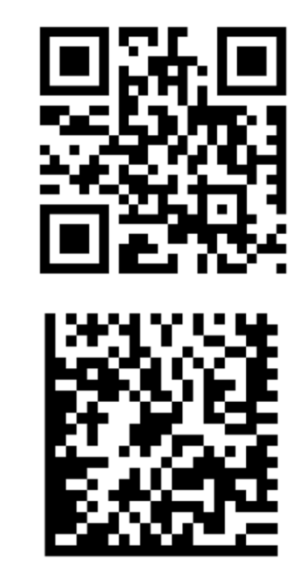Are you ready for the Barcode (r)evolution
2D or not 2D that is the question!

THE BARCODE REVOLUTION, OR IS IT?
The barcode is evolving from 1D to 2D, but are we ready?
The world has become accustomed to the 1D barcode and what it does, instead of thinking ahead about what a barcode can do.
 QR and DataMatrix codes offer the opportunity for manufacturers to store more information for their own traceability and marketing. While also providing the data retailers need to gain insights into product sales and further automate necessary functions across industries.
QR and DataMatrix codes offer the opportunity for manufacturers to store more information for their own traceability and marketing. While also providing the data retailers need to gain insights into product sales and further automate necessary functions across industries.
A Japanese retailer has already adopted 2D barcodes to offer “on-demand discounting” of food with less than three days left on their shelf life.
And Puma is doing live trials in Stores in Brazil for exact real time store location & in-store promotions & customer targeted offers.
Simply 2D provides companies with endless customer Data & Tracking.
What can be provided to industries by adopting 2D barcodes

1D Linear barcodes contain limited non-variable data whereas a 2D barcode can carry a significantly larger amount of data that is accessible not only with a barcode scanner but any smartphone.

The Traditional 1D Barcode has been around for 50 years, will it still be around in another 50 years time?
The 1D barcode was invented and patented in 1951 based on a version of Morse code, later improved under the UPC organisation for commercial use which we now know as Automatic Identification Data Capture (AIDC). It wasn’t until 1974 when the very first retail product was scanned; a packet of Wrigley’s Juicy Fruit chewing gum, using an Intermec barcode scanner.
Over the last half a century, the 1D barcode has become the plumbing of modern life as we know it; largely unseen but oh so important. Not a single parcel globally is shipped without the help of a barcode, there would be no such thing as real-time inventory tracking in warehouses and your weekly shop would take significantly longer when your cashier must manually input every item into the till!
Here at Supplyline we’re of the opinion that the 1D barcode won’t be completely phased out anytime soon. Certainly, the 2D barcode offers many advantages over its predecessor, like the ability to encode over 2000 alpha-numeric characters and provide a seamless way for consumers to obtain more information about the products they purchase. But the 1D barcode is simple, reliable and so cost effective at what it does that is why it has remained unchanged in over 50 years! We believe we’ll likely soon see both types of barcodes used side by side to offer the best of both worlds.
If you’d like to learn more about 1D or 2D barcoding and the benefits it can bring to your organisation, get in touch with a member of our highly-experienced sales team on 01403 865111 to find out more!
